By Christina Hale, Mobius VP Consulting Partner
Books don’t often survive on the New York Times Best Seller list for over 74 weeks, you know? Yet that is exactly what the Anxious Generation by Jonathan Haidt has done, and counting. That said, I doubt you are surprised. People are really on edge these days, even young people. Or as Haidt would tell us, especially young people. And we are all feeling it in our own ways.
Social connection is central to our humanity, and it begins when newborns feel the loving touch of a parent. The formerly incarcerated will tell you that one of the greatest hardships behind bars, in fact one of the most significant tortures, is to be held in solitary confinement.
Haidt describes prior generations as generations of play, and warns of the impact of a generation of phones on people. As someone in the public eye, I can now read comments on my work from the general public 24 hours a day, seven days a week. Nothing stops it. And sometimes people feeling empowered screened bravado can be really mean. I have read posts that include words like saggy, dumb, ugly and evil. Usually the posts aren’t even about my work, but about me personally. And yes, I finally took my husband’s advice and quit reading the comments – and so glad I did.
And if I feel it at my age having survived high school and raising my own kid, imagine what it must be like today for teens, when you can’t just shut the door and shut out your bad day at school for even a few hours of peace. When you can’t get a good night’s sleep because there is no escape from that mean girl from the cafeteria and her vitriol, ever. When you know that she (and maybe her followers, too) will be blowing you very creative and public criticism on your latest post. When you keep checking and refreshing so you can respond in time to do damage control, if that is even possible.
The data are clear but so is our lived experience, particularly through Covid and the rise of screened communication. People of all ages and backgrounds are finding themselves lonelier than ever, and experiencing deeper degrees of isolation.
So what is to be done about it? You’ll see across the country organised efforts to keep kids from screened devices, usually their smartphones, during the school day. Early reports suggest this is helping to reduce social pressures and bullying and actually increase educational engagement.
Many adults are trying to step away from their screens as well, and it seems to be helping improve moods, reduce headaches, and feel more peaceful.
While there are no strict guidelines for adult screen time, experts recommend limiting leisure or recreational screen time to two hours or less per day. For me, my efforts toward healthier screen time include implementing the 20-20-20 rule (every 20 minutes, look at something 20 feet away for 20 seconds).
Incorporating this simple rule into the cadence of my life has brought me real results, including a most welcome reduction in eye strain and tension headaches. I’m using screens during work hours more mindfully, and prioritizing screen-free activities and personal interaction with people to foster better physical and mental health and importantly, stronger business and personal relationships.
And if you find yourself spending time with tweens and teens who seem to be glued to their phones (and wow can that sometimes feel annoying), please try not to take it personally. It is very possible they are struggling and could use some extra kindness and empathy.



